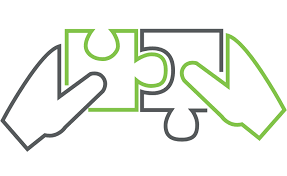Internal and External Activities
There are various types of activities – internal and external activities are undertaken to conduct and implement the process of learning and development effectively and efficiently.
The internal and external activities:
Internal activities –
The in-house methods of delivery have always remained popular, then the external methods. Which are expected to grow further in use.
Although, the formal programmes and the courses continue to play a key role in the learning and development. The findings also suggest a growing shift towards creating a learning culture. With the increased use of internal knowledge-sharing events, job rotation, secondment and shadowing, action learning sets and collaborative and social learning. It is also anticipated greater use of user-generated content. By reflecting the need for agility and flexibility in meeting personalized individual needs.
Nowadays, increased use of technology is also anticipated. Three-fifths expect their use of e-learning courses to grow, over a third see their use of virtual classrooms and webinars rising, and a quarter anticipates an increase in mobile device-based learning. But not all technologies get the embracement.
External Activities
External activities are more common in smaller than larger organizations. Since the overall trend involves greater use of internal over external activities. Very small organizations are more likely to use external conferences, workshops, and events than in-house development programmes. They are also more likely to report they will increase their use of external conferences, workshops, and events over the coming years. While larger organizations are more likely to report they will reduce their use. Smaller organizations are also more likely than larger ones to include coaching by external practitioners among their most used methods, although the use of internal over external coaches remains more common across all size categories.
For certification in the L&D visit –

